
I had never been to the Amazon rain forest before and I am not sure that I have been there now. Manaus is indeed the heart of the Amazon rain forest, the place where the Rio Negro (Black River) meets the Rio Solimões to form the Amazon. But Manaus is a very big city. It has more than 2 million inhabitants and you can easily forget that you are in the Amazon when you are stuck in traffic and surrounded by tall buildings.
My appointments included the usual meetings with journalists, academics and a stop at the local BNC. These are things I would do in any other city. I did, however, get to make a stop in the remnant of the forest. As the city was growing rapidly, a few farsighted people figured that it would be good to have a big green and natural place in the middle of what would become the greater city. They set aside – and really defended – a large area of natural forest. It is called the Bosque da Ciência and now features native forests and animals such as manatees and otters that were injured and brought to the place.
I was a little surprised by the forest. The trees were not a big as I thought and there was a lot more brush on the ground. I read that rainforests were so dark because of the shade of big trees that there was not so much growing on ground level. This was not a completely natural place, so maybe it is like our own temperate forests, i.e. thicker when they are reestablishing.
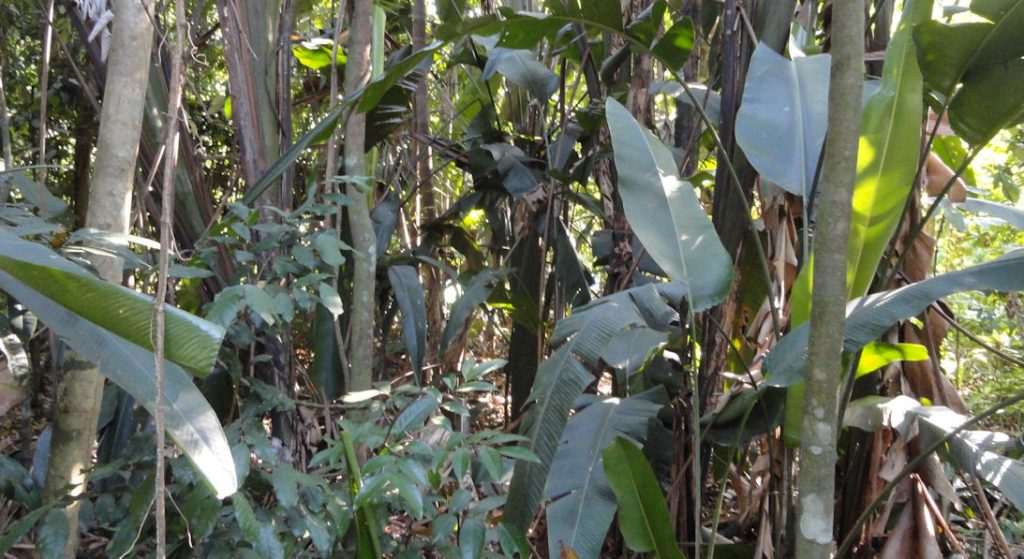
Maybe it sounds strange, but the Amazon forest I saw just reminds me of being around a lot of really big house plants. Many of the species are the ones or like the ones that decorate our windowsills and offices. Look at that picture of me with the giant leaf. It gives a the thought of falling leaves a menacing aspect. The tree on the side is thought to be the oldest in the park, at least 600 years old. It is mostly hollow and provides a home for all sorts of animals.
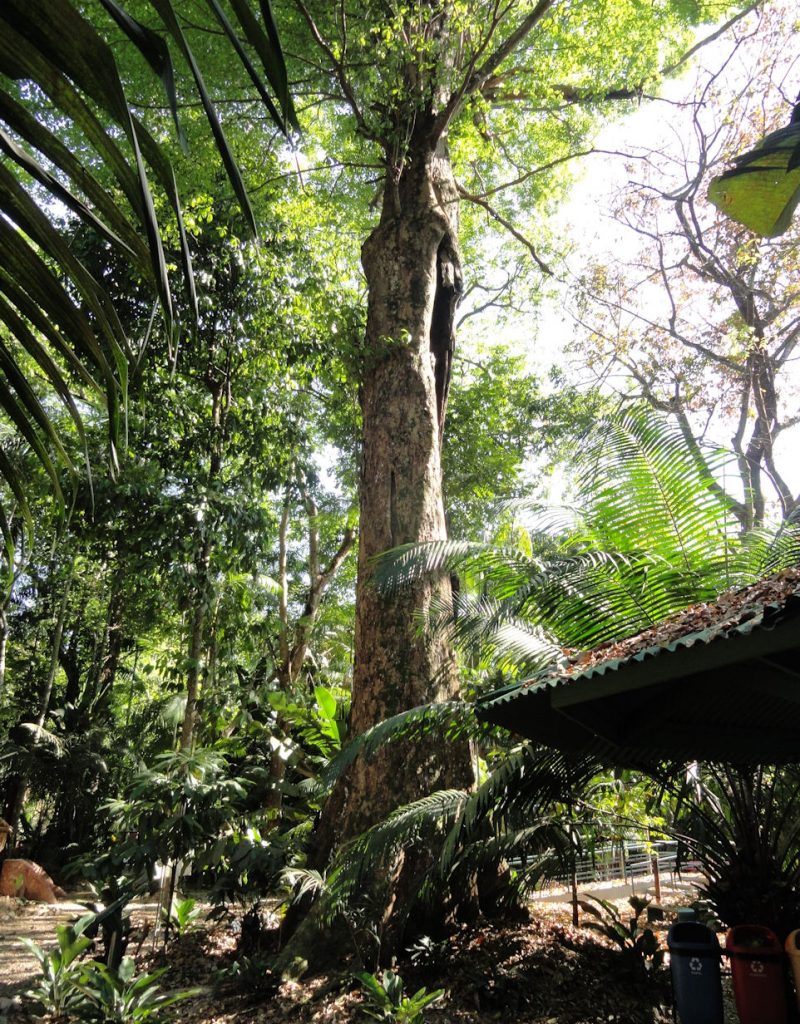
My ostensible reason for visiting the forest was to accompany a group of U.S. youth ambassadors and their Brazilian counterparts, as well as their escorts from the BNC. I got there before they did, so I had a chance to look around in the company of one of the young Brazilian guides. It was hot and humid, but I just love being in the woods, no matter where. I understand, of course, that I couldn’t survive long if I were actually in this wild. The first thing I noticed was a kind of howling sound. Big cicadas were responsible. You can see what they look like in the picture nearby. The sound was more musical and a lot less annoying than the kind of mechanical sound similar bugs make in North America.
I went into a little museum, were I encountered a group of Brazilian school kids. I was evidently more exotic than the animals. They literally flocked around and followed me, bashfully saying words in English. It was funny. I guess Americans are rarer around here than the cool animals.
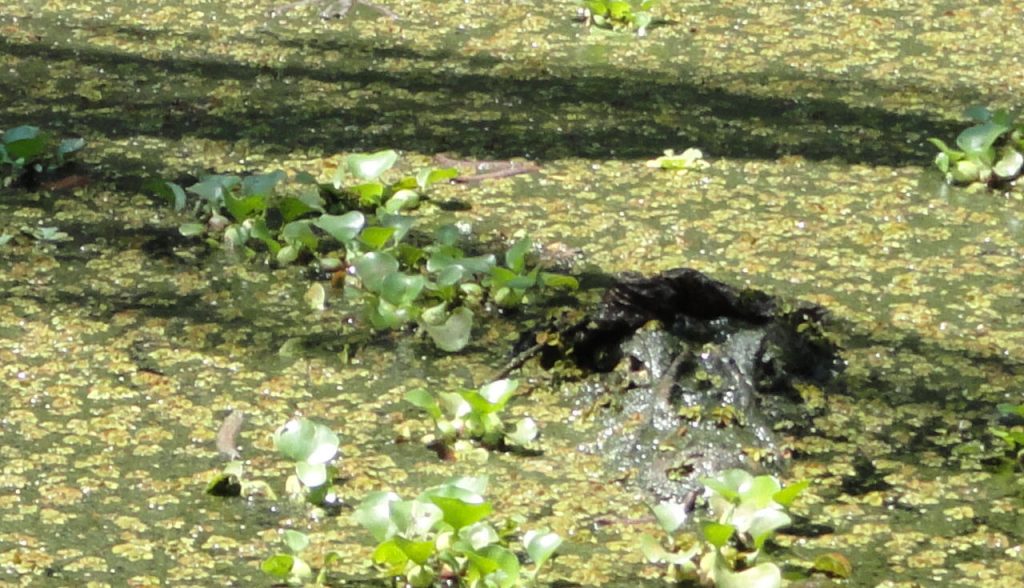
I got a very interesting fact talking to one of the scientists. She said that they are studying the ecology of the forest in a very broad sense, including studying the habits and culture of the people who live in the woods. She said that they had to persuade forest dwellers to change their long-held habits. One of the cultural habits that needs to change is the slash and burn agriculture practiced by the natives for generations. Of course, I knew about slash and burn agriculture. I learned about it in anthropology classes many years ago. But I guess I didn’t focus on it in the modern context.
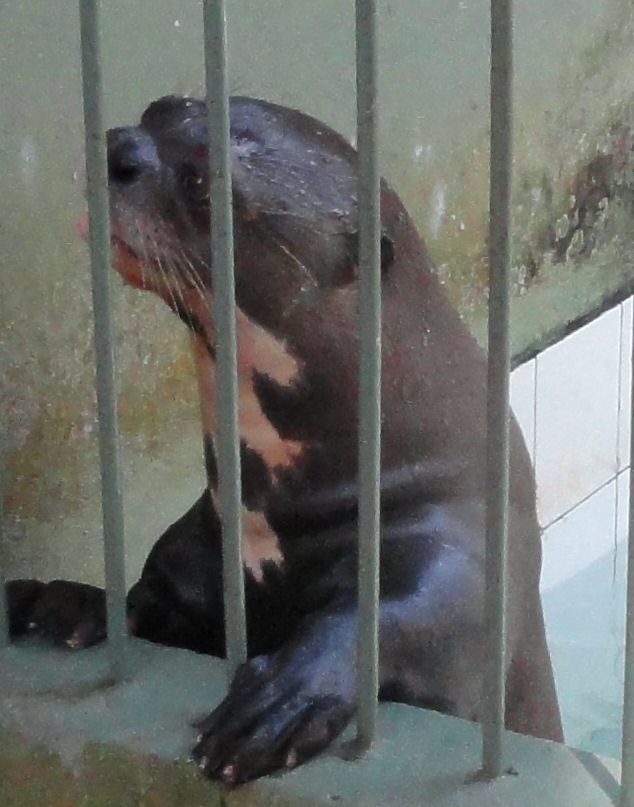
The natives have been using slash and burn for thousands of years. It was a sustainable kind of agriculture because native populations were very small. The burned fields remain productive for only three to five years using the ashes as fertilizer. After that, the farmers have to move on and clear new land. Obviously, this destroys lots of forest, but with low population densities the forests grew back before the stone-age farmers came back. Think about what this means. It means that the tropical forests are not very old, although a few very old ones would survive in limited areas, especially around rivers or ravines. Even with low densities, it is likely that forests would be slashed and burned every fifty to 100 years. This seems like a long time and it is a long time in human terms. But in a forest terms, it is not. My pine forests go from inception to final harvest in around 35 years. The rain forest is essentially a kind of extensive farm. It also means that the trees can grow back rapidly. It is a hopeful thing.
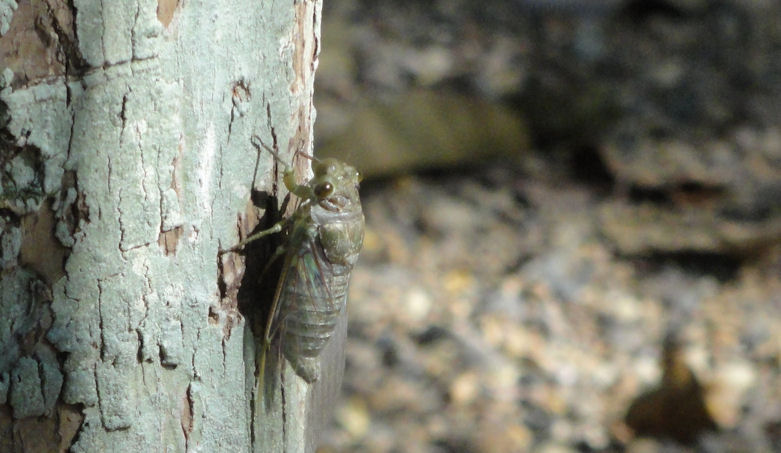
I bought an interesting book at the airport in Brasilia, “Guia Politicamente Incorrecto da História do Brasil” (A Politically Incorrect Guide to Brazilian History) and read it on the plane to Recife & Manaus. It was the #1 non-fiction best seller on Veja Magazine and featured lots of debunking of popularly held misconceptions. Among other things, it talked about the treatment of the forests by native Brazilians. They burned them regularly and it was actually the Jesuits who taught them that the forest should sometimes be left standing. This is very similar to the case in North America, as I have often written in my forestry blogs. Fire is the favorite tool of stone-age man. It is really the only way they can clear and manage forests. Stone axes just don’t do the job. Anyway, my airplane reading fit exactly into my on the ground information. Sweet. I want to get a much more in depth study of the rain forests and get to know them in the ways I know my North American woods of home. It will take a lot of study as well as contact with somebody who really knows the biomes.
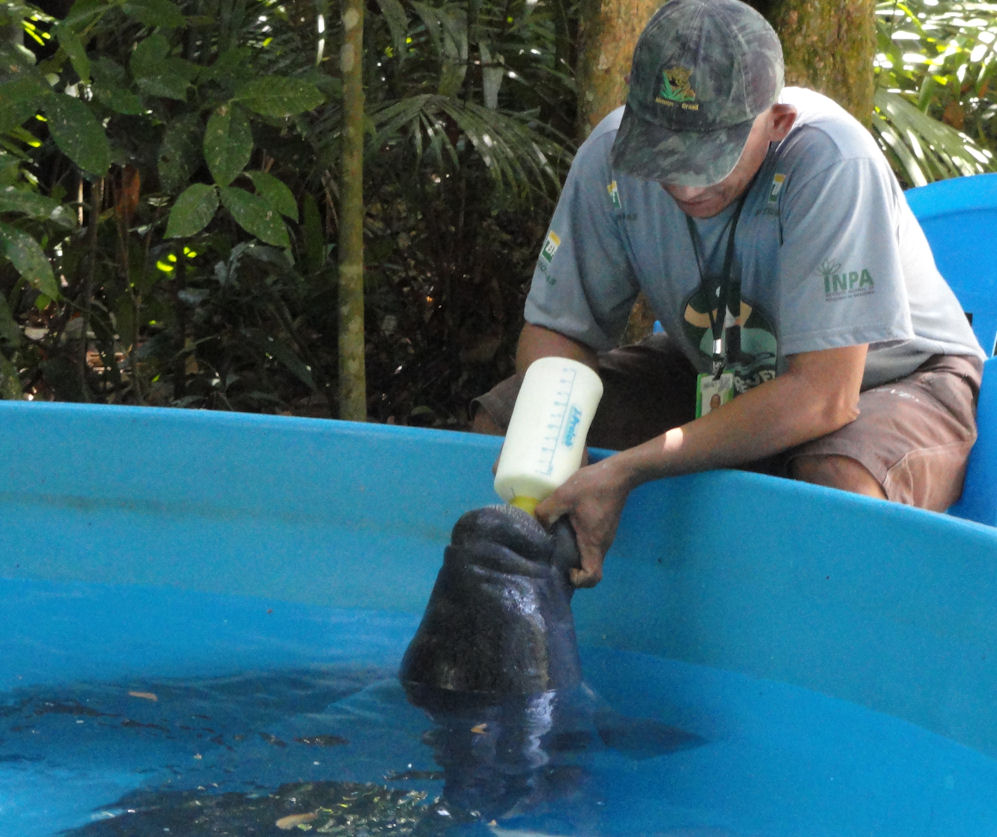
My trip to Manaus taught me a couple of things. First, Manaus is a big city that only happens to be in the Amazon. I worry about the urban advance. Second that the Amazon forests were regularly disrupted and burned long before the European arrived. On the plus side, it means that renewal is possible.
The pictures are explained in the text or need little explanation. The otters are very cute, but they are aggressive. If the put two of the same gender in the same place, they will kill each other. They eat mostly fish and breed rapidly. The Amazon manatee you see being bottle fed does not breed very fast. They are at greater risk. The local river dwellers and natives eat them given the chance. The popular local name for them is river cow and some people think of them exactly as that. Come to think of it, we used to call them sea cows before they picked up the less pejorative name of manatee. Manatees are harmless herbivores. Other things inhabit the water, like the alligator or Jacaré. You can not easily see it laying there in the plants. They have brains the size of a peanut, but they don’t need to be very smart to bite down. I am not really very fond of them.
